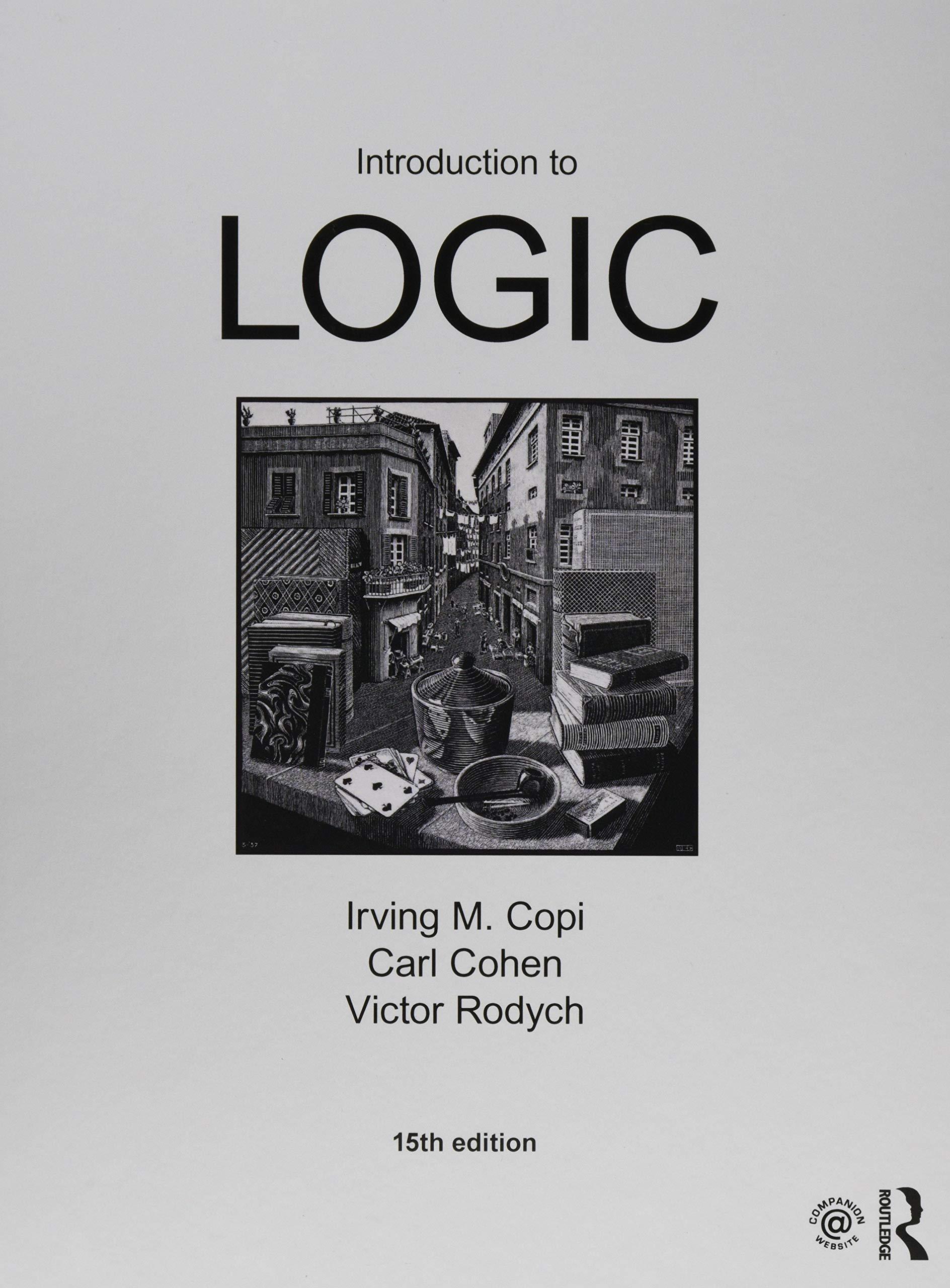Some of the following passages contain explanations, some contain arguments, and some may be interpreted as either
Question:
Some of the following passages contain explanations, some contain arguments, and some may be interpreted as either an argument or an explanation. What is your judgment about the chief function of each passage? What would have to be the case for the passage in question to be an argument? To be an explanation? Where you find an argument, identify its premises and conclusion. Where you find an explanation, indicate what is being explained and what the explanation is.
MAD, mutually assured destruction, was effective in deterring nuclear attack right through the cold war. Both sides had nuclear weapons. Neither side used them, because both sides knew the other would retaliate in kind. This will not work with a religious fanatic [like Mahmoud Ahmadinejad, President of the Islamic Republic of Iran]. For him, mutual assured destruction is not a deterrent, it is an inducement. We know already that Iran’s leaders do not give a damn about killing their own people in great numbers. We have seen it again and again. In the final scenario, and this applies all the more strongly if they kill large numbers of their own people, they are doing them a favor. They are giving them a quick free pass to heaven and all its delights.
Step by Step Answer:

Introduction To Logic
ISBN: 9781138500860
15th Edition
Authors: Irving M. Copi, Carl Cohen, Victor Rodych





